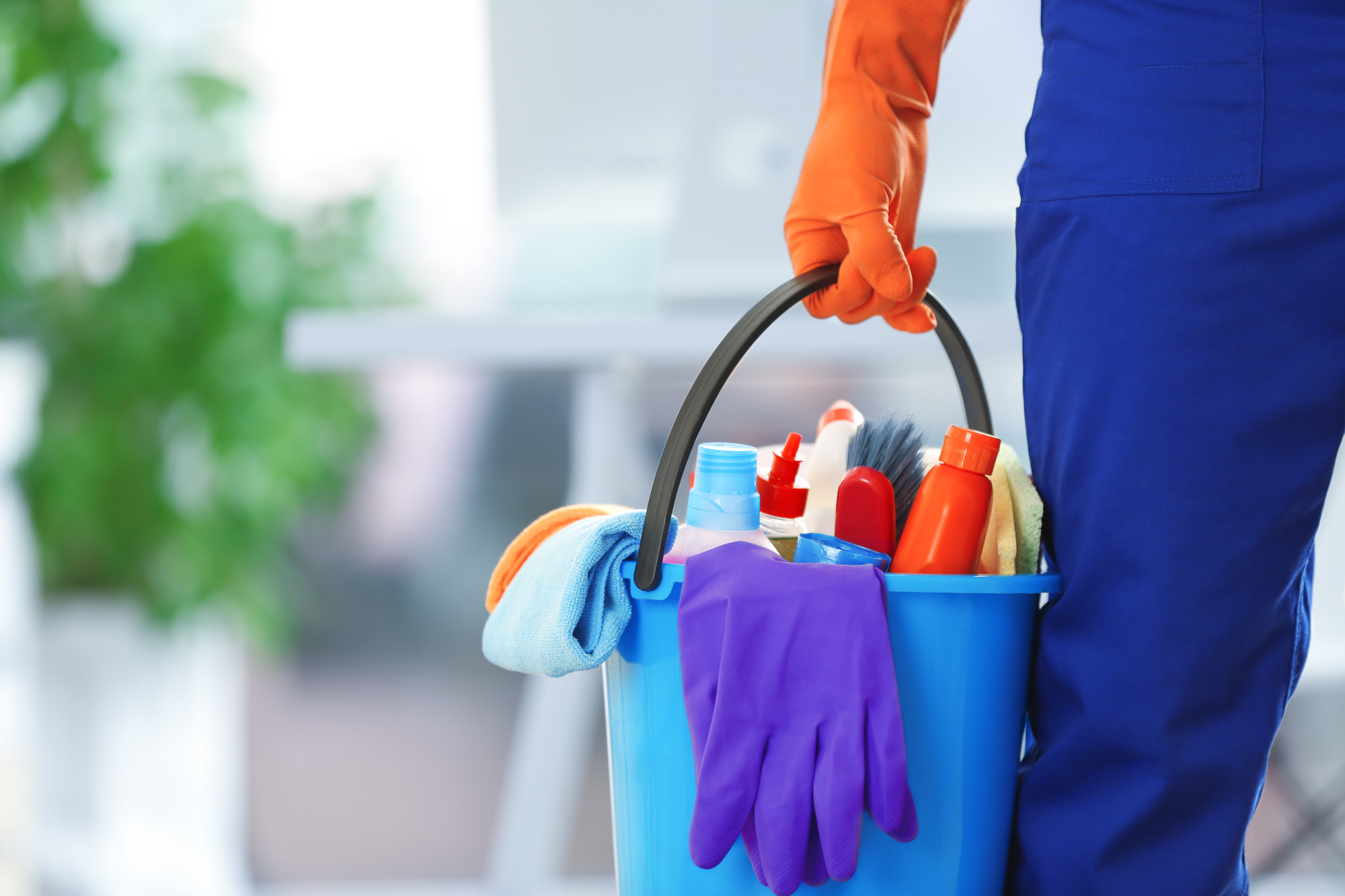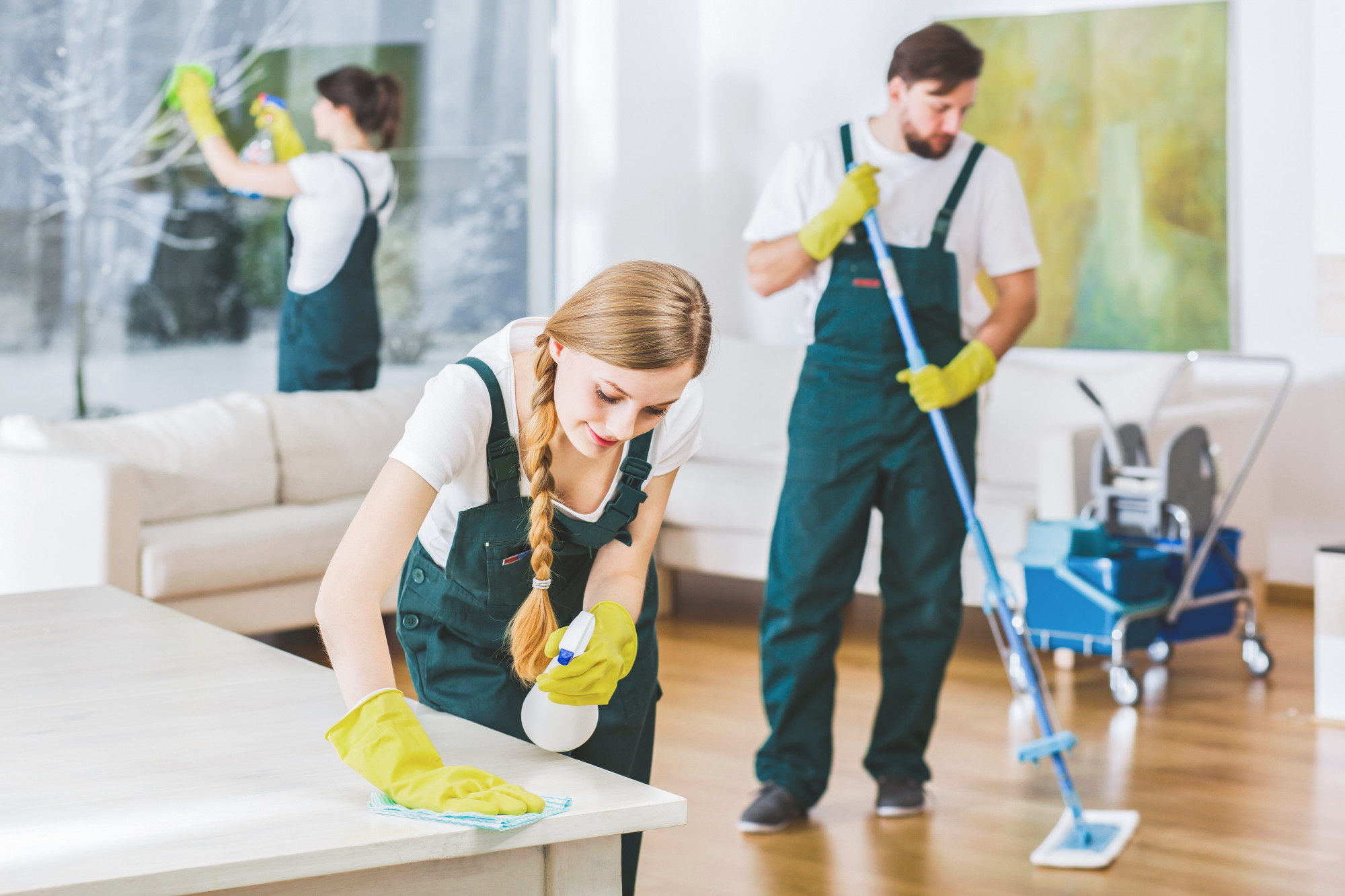The Best Tip to Everyday Cleaning: Just How to Scrub the Surfaces, Vacuum Carpets, and Clear Out Any Clutter
Comprehending the Requirement for Thoroughly Decontaminating and Sterilizing Regularly Touched Surface Areas in High-Traffic Locations
In the world of public health and wellness and safety and security, the careful sanitation and sanitization of regularly touched surfaces in high-traffic locations stand as extremely important measures in protecting against the spread of hazardous pathogens. By exploring the different facets of surface sanitation, from the threats associated with ignoring cleaning procedures to the effective approaches that can be utilized, a more clear understanding arises of the important role these practices play in protecting public health.
Significance of Surface Disinfection
Highlighting the complete disinfection of high-traffic surface areas is important in keeping a sanitary setting and protecting against the spread of hazardous virus. High-touch surfaces such as door deals with, light buttons, elevator switches, and countertops offer as reproducing premises for infections and germs. Routine disinfection of these surface areas is imperative to decrease the danger of contamination and transmission of diseases.
By implementing a robust disinfection method, establishments and organizations can produce a safer atmosphere for site visitors, staff members, and consumers. Appropriate surface disinfection not just minimizes the spread of transmittable illness however additionally imparts self-confidence in the tidiness and safety and security of the premises. This positive method shows a commitment to health and wellness and health, which is particularly crucial in high-traffic areas where the probability of exposure to virus is heightened.
Moreover, surface sanitation plays an important function in total infection control techniques. Integrated with hand health practices, wearing masks, and keeping physical distancing, complete disinfection of high-touch surfaces creates a thorough defense versus the transmission of hazardous microbes. Focusing on surface area disinfection is a crucial component of a holistic technique to health and wellness in shared rooms.
Dangers of Neglecting Cleansing Practices
Overlooking extensive sanitation of high-traffic surface areas significantly heightens the danger of microbial and viral contamination, posturing a major risk to the wellness and security of people frequenting these spaces. Failing to apply proper cleaning techniques can bring about the build-up and spread of unsafe virus, including infections and microorganisms, on frequently touched surfaces such as doorknobs, handrails, elevator buttons, and counter tops.

Furthermore, overlooking the value of complete cleaning not just compromises the health of individuals but likewise weakens initiatives to maintain a tidy and hygienic atmosphere. It is vital to acknowledge the relevance of appropriate sanitation protocols in avoiding the spread of infections and guarding public health.
Reliable Sanitation Techniques
To preserve optimal cleanliness and reduce the danger of contamination on high-traffic surfaces, employing reliable sanitation methods is necessary. One of the most reliable and common sanitation approaches is using chemical disinfectants. These products can differ in strength and composition, with some targeting specific virus like viruses or germs. It is vital to adhere to the supplier's guidelines for correct dilution, get in touch with time, and ventilation when using chemical anti-bacterials to guarantee their effectiveness - defrosted and cleaned every few months.
Another effective method is the use of UV-C light. UV-C light has been shown to be reliable in eliminating a vast variety of microbes by interrupting their DNA structure, thus preventing them from duplicating. Nonetheless, it is important to make use of UV-C light correctly, pop over to this web-site making sure that the correct strength and direct exposure time are related to accomplish the preferred disinfection outcomes.
Additionally, employing vapor cleansing as a disinfection technique can look at this now be very effective, specifically on surfaces that are heat-resistant. Steam can pass through permeable surface areas and eliminate microorganisms, viruses, and other microorganisms successfully. When utilizing heavy steam cleansing, it is crucial to guarantee that the surface gets to the called for temperature level for an adequate quantity of time to assure correct sanitation.
Effect On Public Health And Wellness
The maintenance of high criteria of sanitation and disinfection on high-traffic surface areas plays a vital duty in protecting public health and wellness. Regularly touched surface areas in areas with high step, such as doorknobs, handrails, elevator buttons, and washroom centers, serve as reproducing grounds for unsafe microorganisms. Failing to sufficiently decontaminate these surface areas can lead to the quick spread of contagious illness within communities. By executing complete disinfection protocols, the threat of transmission of infections, germs, and other bacteria can be dramatically lowered.
In high-traffic locations like airports, institutions, medical facilities, and public transportation systems, the influence of extensive sanitation steps can not be downplayed. Prioritizing the sanitization of regularly touched surfaces is a positive approach to advertising public wellness and improving the safety and security of people in common spaces.
Carrying Out Normal Cleaning Procedures
Promptly setting up and adhering to a regular routine of cleaning methods is vital for maintaining the tidiness and safety of high-traffic surfaces. Regular cleaning protocols are important in protecting against the buildup of germs and pathogens on often touched surface areas, especially in locations with high foot website traffic. By applying a methodical strategy to cleaning, companies can properly minimize the threat of condition transmission and develop a healthier atmosphere for staff members, customers, and the public.
To establish an effective cleaning routine, it is crucial to identify high-traffic locations that require constant focus. These areas may consist of doorknobs, handrails, lift switches, bathroom facilities, and shared equipment. Implementing a routine cleaning regimen that targets these surface areas multiple times a day can dramatically reduce the spread of hazardous bacteria and infections.
Additionally, making use of see here now appropriate cleaning representatives and disinfectants is vital to making sure that surfaces are completely sterilized. Regular training of cleansing staff on correct cleansing techniques and the relevance of adherence to the cleaning timetable is also crucial in maintaining a hygienic environment. By prioritizing constant cleansing procedures, organizations can promote the health and health of individuals who connect with these high-traffic surface areas.

Conclusion
Finally, it is critical to prioritize extensive disinfection and sanitization of often touched surface areas in high-traffic areas to stop the spread of hazardous microorganisms and keep public wellness. Overlooking proper cleaning methods can raise the threat of contamination and transmission of diseases. By implementing normal cleansing procedures and using effective disinfection methods, we can create a safer setting for everybody (Scrub the Surfaces). It is necessary to acknowledge the value of preserving clean surface areas in high-traffic areas to ensure the well-being of the area.
In the world of public wellness and security, the meticulous sanitation and sanitization of often touched surface areas in high-traffic locations stand as paramount steps in protecting against the spread of harmful pathogens. By discovering the different aspects of surface disinfection, from the risks connected with ignoring cleaning protocols to the effective methods that can be utilized, a more clear understanding emerges of the important duty these practices play in safeguarding public health and wellness.Additionally, utilizing steam cleaning as a sanitation method can be extremely reliable, particularly on surface areas that are heat-resistant. When using heavy steam cleansing, it is important to make sure that the surface area reaches the needed temperature level for a sufficient amount of time to assure proper disinfection.
In final thought, it is crucial to prioritize detailed disinfection and sanitization of frequently touched surface areas in high-traffic locations to prevent the spread of hazardous microorganisms and keep public health.